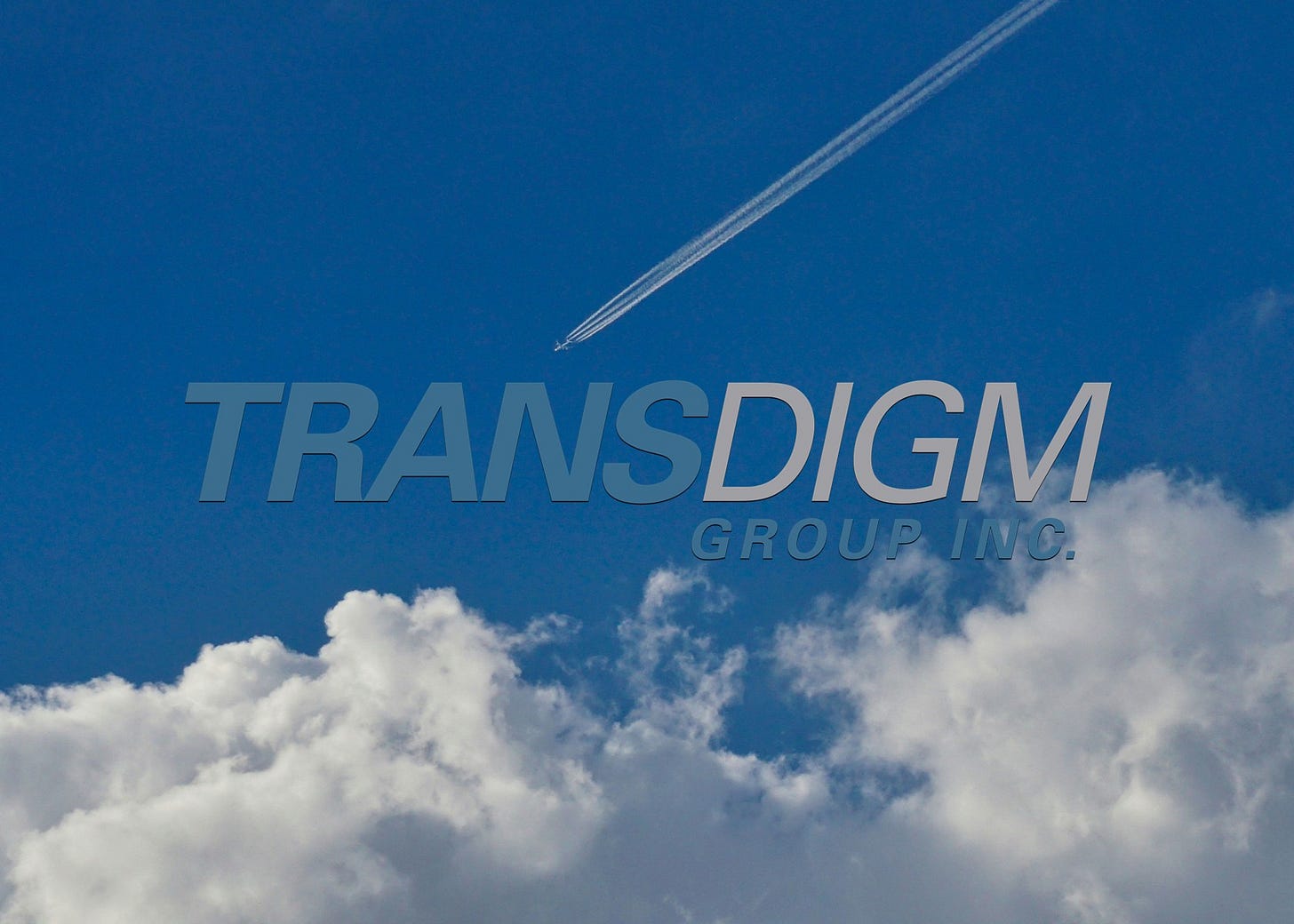TransDigm Group
Serial acquirer with immense pricing power, 45% operating margins, and a highly decentralized culture
Welcome to another edition of Deep Dives.
TransDigm is a leading supplier of highly engineered, proprietary aircraft components critical to the production of commercial and military aircraft. The company has several attractive attributes, including pricing power, significant intellectual property (IP), a uniquely decentralized culture, and an industry with extremely high barriers to entry.
As a highly successful serial acquirer, TransDigm has delivered extraordinary returns. Since its IPO in 2006, the company has generated an annual return of over 30% when reinvesting dividends, significantly outpacing the S&P 500, which returned 10% annually during the same period.
Despite its already massive success, TransDigm remains well-positioned for future growth, with a long runway to continue expanding while generating significant incremental returns.
What You’ll Read Today
TransDigm’s History
TransDigm’s Business
Products
Moat
Key Financials
Management
Conclusion
Risks
Valuation


